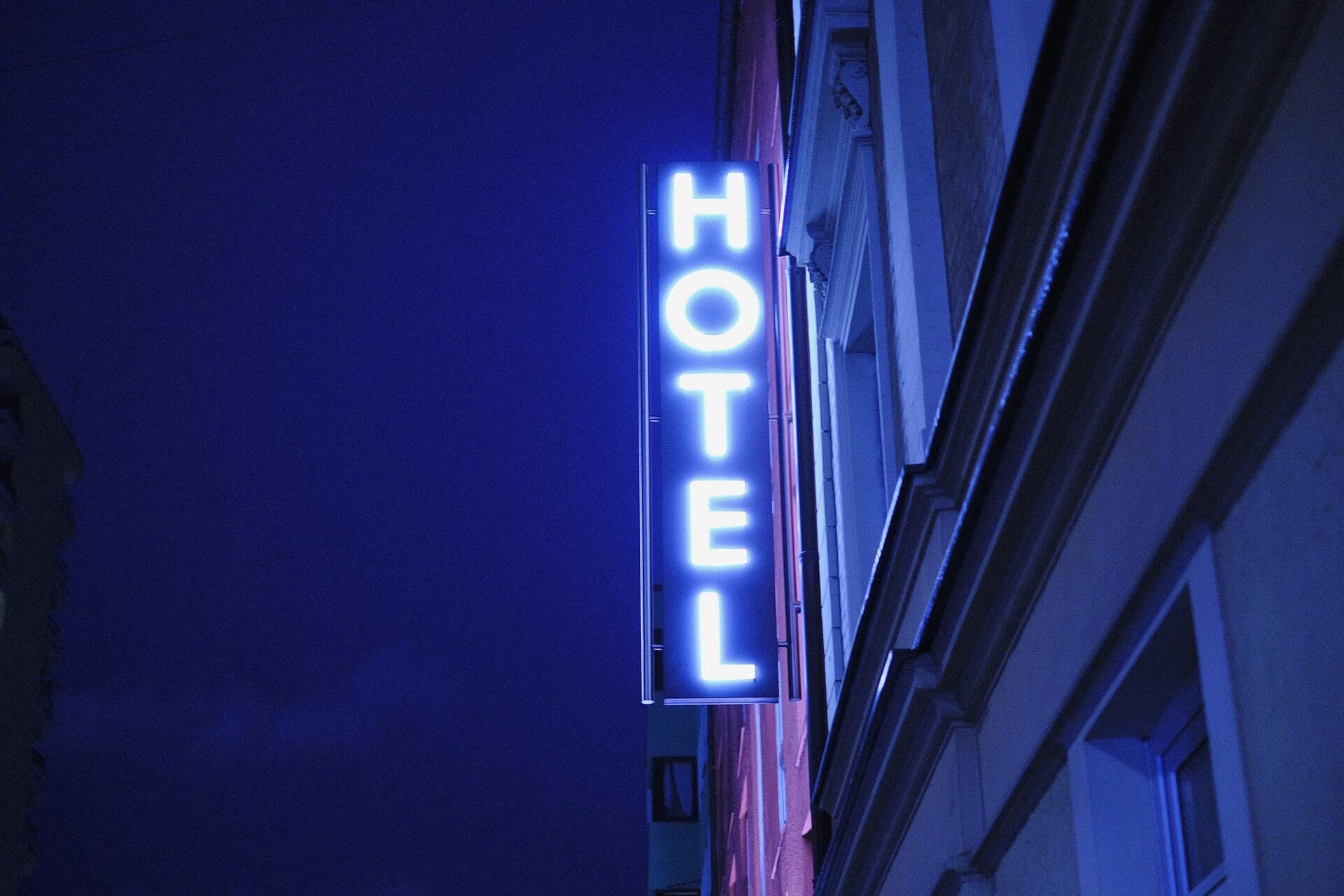Is Your Brand Engaging the Community?
by David Klemt

Many speakers at HD Expo 2022 are focusing on an important element of design and the hospitality industry: the people we serve.
In other words, designers, their collaborative partners, and their clients want to engage communities.
Now, it’s true that HD Expo 2022 speakers were mainly talking about the hotel side of hospitality design. However, much of what they have to say on the subject of community relates to restaurant and bar projects as well.
Below are helpful insights into engaging the community your business operates in and serves.
Valuing the Community
Crystal Vinisse Thomas, vide president and global brand leader of lifestyle and luxury brands for Hyatt Hotels is bringing Caption by Hyatt to life.
A core element of Caption is community engagement. Yes, travelers are crucial to the success of a hotel brand. However, so are the locals.
After all, hotels, restaurants, and bars employ people from the community. Engaging the community leads to the creation of a loyal guests. During slower times, those loyal locals keep those registers ringing.
As Vinisse Thomas says, operators need to focus on locals as much as travelers. Further, she defines her approach to community as creating a space that’s open to everyone.
One way that Caption is staying true to Vinisse Thomas and Hyatt’s vision for the brand is the Talk Shop. As the name suggests, this is a hangout space. Talk Shop is a communal workspace, a a restaurant, a coffee shop… It’s a hangout for everyone, hotel guest or community guest.
However, Vinisse Thomas does admit that there are challenges when designing and operating for community engagement. One of those challenges is scalability.
Then there’s another big challenge. Designing and operating with the community in mind looks great on paper. But there’s no guarantee that this approach will give an operator an edge of the competition.
To that point, Vinisse Thomas suggests it may be best to speak with one’s competitors to partner on community engagement efforts.
Honoring the Community
An additional challenge when attempting to engage a community is authenticity. It’s a great buzzword, as Vinisse Thomas says, but it needs to be more than that.
Dyonne Fashina, principal of Denizens of Design, has some thoughts on community engagement and authenticity.
Putting it bluntly, Fashina says that honoring a community requires more than a Google search. Rather, designers and operators need to spend time in a given community. They need to get to know the people, the culture, and the vibe.
At KRG Hospitality, we agree. One of our services is site selection. We conduct intensive research to identify the best site for a concept.
However, operator clients need to ensure they know the location. Not just the ZIP code, not just the address, not just the cross streets—the community.
After KRG identifies ideal sites, the client should spend time in those communities, speaking with the people who live and work in them.
Fashina also has another excellent piece of advice for operators. The project, as we often say at KRG, isn’t over after the grand opening. Fashina’s advice speaks to that point.
If an element of an operator’s business isn’t working for the community, she says, they need to be flexible enough to fix it. For owners who perhaps don’t spend every day inside their business or businesses, Fashina recommends visiting to analyze community engagement.
Hospitality is about service, and service requires commitment to being a responsible host and steward. To that end, operators should ensure their concepts improve communities rather than exploit them.

